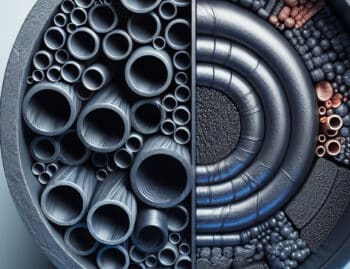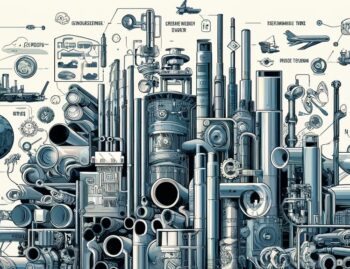The sector has experienced a tremendous revolution, and many manufacturing plants now feature state-of-the-art mills. The old constructions and plants are undergoing a significant haul to enhance efficiency, output, and scalability in production levels. The Indian steel industry is typically divided into three categories:
• Major Producers
• Main Producers
• Secondary Producers
Previous Decline and Recovery
When the industry started going through correctional modifications, the prices on long products plummeted from Rs 37,000 – Rs 23,000. In spongy metal, the correction led to a plunge of Rs 21,000-Rs 12,000. It was an expected occurrence which left key industrial players dangling in losses for the in 2015 and 2016.
Coming to the last quarter of 2016, the steel prices recovered faster than projected. Long-product prices which plunged to Rs 12,000, began selling at Rs 32,000. Consequently, that led to an increased demand since the positive gains cut across all segments of the industry, and it seems to come from the consumption side, that is not only happening in India but also worldwide.
Experts have pointed that while the government’s efforts to rein in imports have born fruits; the move to push for more exports was a compulsion strategy to have steel companies look for alternatives to suffice the subdued demand within the country. Following the economic turmoil, the government set out measures to curb the problem by putting a few measures in place.
Starting from 2015, India’s regulatory policies to counter predatory imports included hiking import duty, introducing Minimum Import Price (MIP), safeguard duty and anti-dumping.
Market Share
On a global threshold, India enjoys a considerable market share. From January-March 2017, the country’s crude steel output shot by 10.7% year-on-year to virtually 26.0 million tons (MT). In April, the crude steel output grew by 5.4% year-on-year, translating to 8.11 MT.
On another token, India’s finished steel took on an upward trajectory, rising by 102.1% to 8.20 MT, whereas the imports dove by an astonishing 36.6% to 7.42 MT during the 2016-2017 financial year. In April 2017, finished steel exports rose by 142%, superseding the export margins in April 2016 by 0.747 MT while imports fell by 0.504 MT in April 2017 as compared to April 2016.
Industrial Investments
The steel industry in India and its related industrial sectors like mining and metallurgic industries are exponentially growing. These sectors are seeing myriad investments with the mining sector reporting of its potential to churn out more than 25 million jobs both directly and indirectly through investments.
Some significant investments that have drastically boosted the steel industry include:
• The partnership between the India’s largest Steel Company, Jindal Stainless (Hisar) Ltd, with the defense sector. In the agreement with Defense Research & Development Organization, JS is contracted to manufacture High Nitrogen Steel (HNS) for armor applications.
• JSW Steel intends to establish two plants; one in Odisha and the other in Jharkhand. The project is deemed to usurp Rs 40,000 per plant and is expected to double to company’s output to 40 MT by 2030.
Conclusion
Robust industrialization and increase in the population have led to the demand for housing, properties, and other commercial developments. On the same note, the government is striving to improve infrastructures like railway, road, and communication. Due to this rise in demand for steel for all these developments, India’s Steel Industry is not going down anytime soon.











